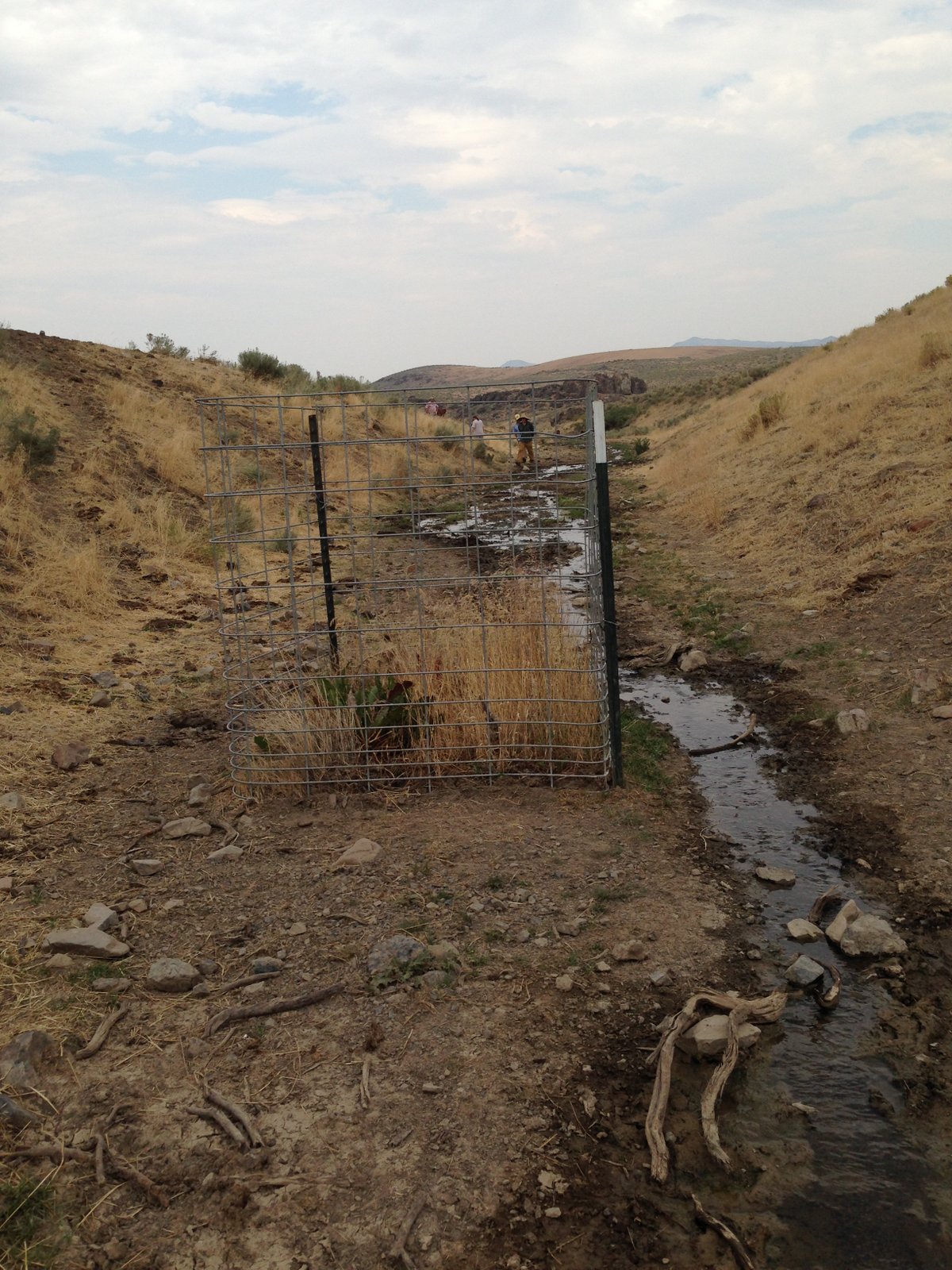Press Release from Public Employees for Environmental Responsibility
“The Blogosphere is still roiling over the New York Time’s article, written by Dave Philipps, dissing wild equines and cozening up to federally subsidized welfare ranchers who feel they are ‘entitled’ to turn a profit with their private cows on yourpublic lands. I penned my thoughts on the subject, yesterday, and strongly encourage you to contact the Senior Editor at the NYTs and share your disdain by writing to senioreditor@nytimes.com
But we are NOT off the subject of whining welfare ranchers yet as we would like to share a Press Release from PEER.org that puts into the perspective the ranchers riding across the country to make their point that they have a right to destroy your public lands and to take the wild equines down with it all. They feel they are above the law and unethical does not even begin to describe their ways. Thanks to PEER for keeping the heat on this spoiled adult brats!!! It’s a rare day, indeed, when you see me on the same side of the fence with a BLM Manager but in this case, I agree wholeheartedly, read on and see why. Keep the faith, my friends.” ~ R.T.
Washington, DC — A U.S. Bureau of Land Management District Manager from Nevada targeted by angry Nevada ranchers was more than justified in removing cattle from drought-stricken public rangeland, according to data released today by Public Employees for Environmental Responsibility (PEER). Tomorrow, protesting ranchers start a “Cowboy Express” ride to Washington demanding removal of BLM Battle Mountain District Manager Douglas Furtado as an “abusive federal employee” even as conservation groups urge that Furtado be commended not condemned for his actions.
Like much of the West, Nevada has been in the grips of persistent drought, with nearly 90% of the state under “severe to exceptional” drought for three consecutive years. This, in turn, causes greater conflict over dwindling water and forage. Not surprisingly, Nevada has also become Ground Zero for rising tensions on range management as illustrated by this spring’s armed standoff with renegade rancher Cliven Bundy who has been illegally grazing his cattle in southern Nevada for more than a decade.
“We all know about climate deniers, but this is the first we’ve heard of drought deniers,” stated PEER Advocacy Director Kirsten Stade, pointing out that much of Furtado’s Battle Mountain District has been among the hardest hit by drought in Nevada. “If we are to believe the ranchers, an extreme, multiyear, regionwide drought has magically spared only their allotments.”
In July, Battle Mountain District Manager Furtado ordered livestock removed from parched range on the sprawling 332,000-acre Argenta allotment in northern Nevada after conditions fell below thresholds that ranchers and BLM had previously agreed would trigger removal. The ranchers contend that Furtado’s actions were arbitrary but an analysis of Geographic Information Systems and BLM data reveal range in terrible ecological shape:
- Nearly every Battle Mountain allotment evaluated failed range health standards for wildlife and water quality, largely due to livestock grazing;
- Half of the Argenta Allotment, and roughly 30% of the Battle Mountain District is habitat for sage grouse, a species being reviewed for listing under the Endangered Species Act. BLM has been directed to protect the species’ habitat but 90% of assessed sage grouse habitat was in Battle Mountain allotments failing standards due to livestock; and
- Fence line contrasts visible in satellite imagery show that public lands in the checkerboarded allotment are far more heavily grazed than private lands, suggesting that ranchers are more protective of their own lands than they are of publicly-owned range.
“Doug Furtado should be praised, not pilloried, for doing his job,” Stade added, noting a letter of support sent today from PEER and Western Watersheds Project urging that BLM as an agency to do more to stand up for its employees when they attempt to protect public resources. “The Cowboy Express is actually a cynical attempt to use iconic imagery to mask selfish abuse of public lands. If ranchers will not be responsible stewards then conscientious land managers have to make hard decisions, as Doug Furtado has done.”
Western Watersheds Project intervened in the Argenta case when ranchers initially refused to remove their cattle despite their previous agreement. Even after an order from an Interior Department administrative law judge affirmed the BLM’s authority to remove the livestock, as many as 100 cattle remain on the Argenta allotment to this day.
“The rancher resistance to drought protections in Battle Mountain is aimed at preventing effective protection of public lands and sage-grouse habitats across the West,” said Katie Fite, Western Watersheds Project’s Biodiversity Director. “It is meant to intimidate other federal agency managers so that they turn a blind eye to habitat degradation.”
The records for all roughly 20,000 BLM allotments across the West, many of which show similar overgrazed conditions, will be displayed next month in a new PEER website documenting longstanding and serious ecological impacts caused byongoing livestock overgrazing.
